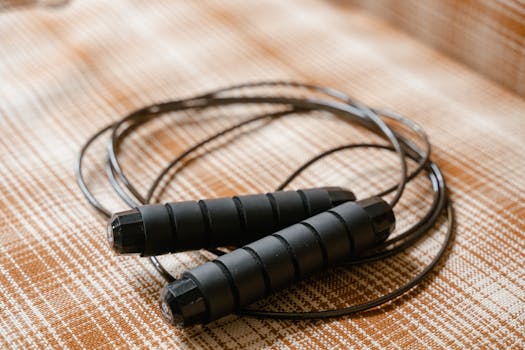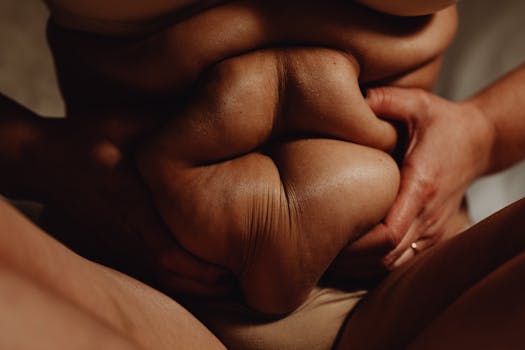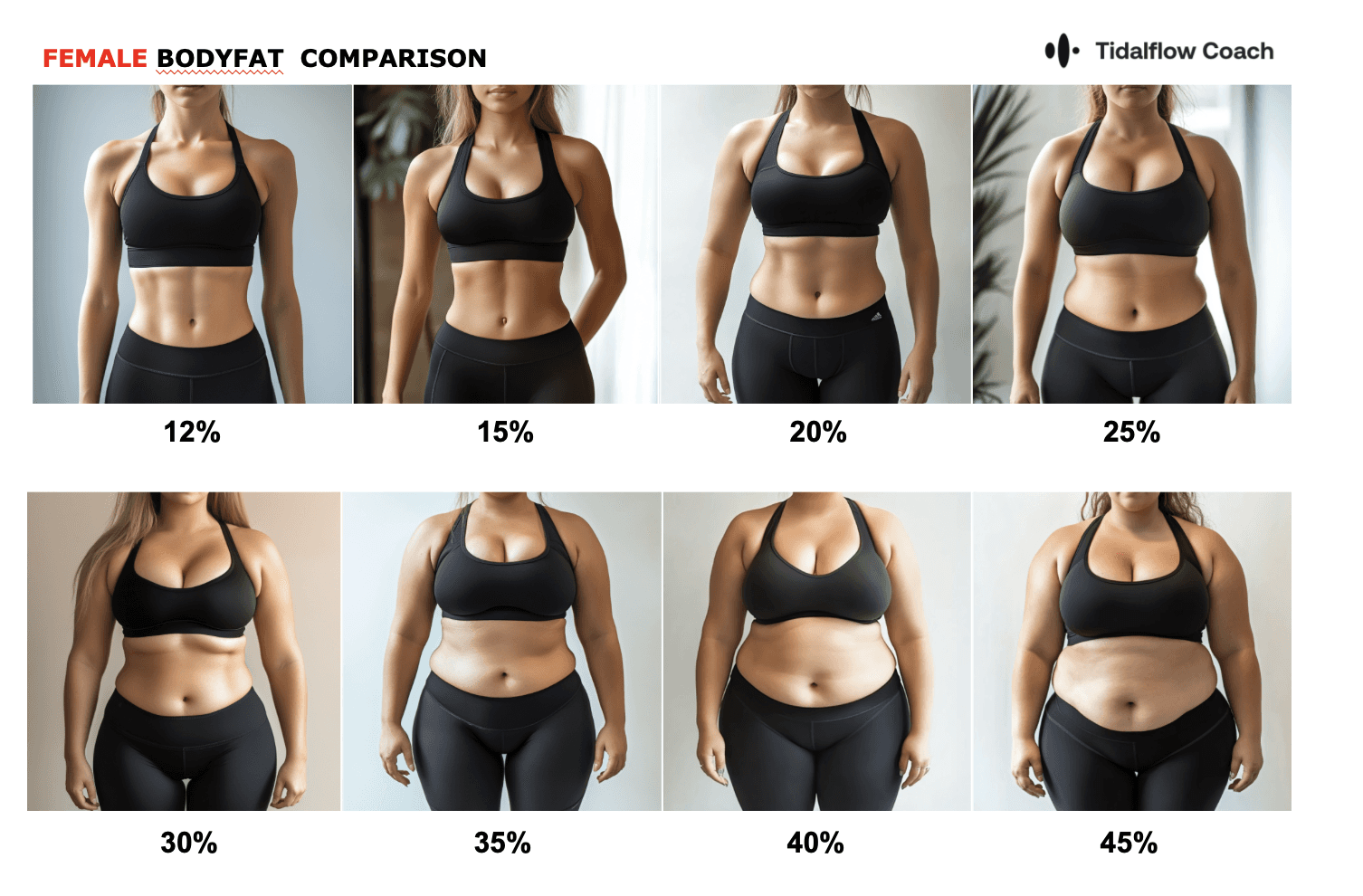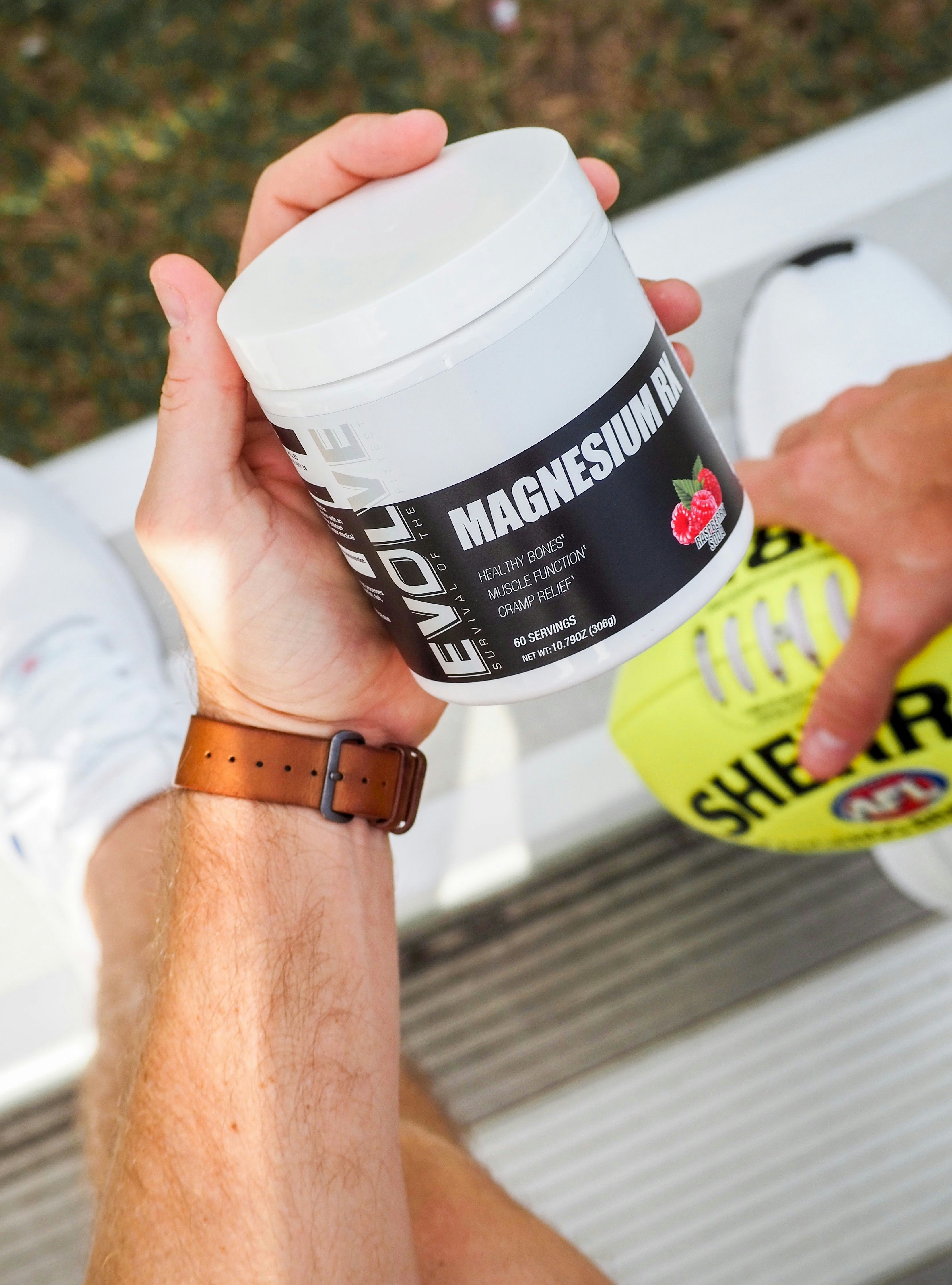Stretching Machines: Your Ultimate Flexibility Enhancement Guide
Sep 16, 2024
In the quest for better flexibility and improved range of motion, stretching machines have become increasingly popular tools in gyms and home workout spaces. At Tidalflow, we're all about helping you achieve your fitness goals efficiently and safely. Let's dive into the world of stretching machines and explore how they can complement your flexibility routine.
What Are Stretching Machines?
Stretching machines are specialized pieces of equipment designed to assist and enhance your stretching exercises. They come in various forms, each targeting different muscle groups and offering unique benefits. These machines can help you achieve deeper stretches, maintain proper form, and provide consistent tension throughout your stretching routine.
The primary goal of stretching machines is to improve flexibility, which is a crucial component of overall fitness. Flexibility refers to the ability of your muscles and connective tissues to lengthen and stretch. Good flexibility can lead to improved posture, reduced risk of injury, better athletic performance, and decreased muscle soreness after workouts.

Types of Stretching Machines
There are several types of stretching machines available, each with its own focus:
1. Leg Stretching Machines
These machines primarily target the hamstrings, quadriceps, and hip flexors. They often feature a padded seat and leg supports that can be adjusted to increase or decrease the stretch intensity. Leg stretching machines are particularly beneficial for athletes in sports that require extensive leg flexibility, such as martial arts or gymnastics.
Some leg stretching machines focus specifically on the inner thigh muscles (adductors), which can be challenging to stretch effectively without assistance. These machines typically involve spreading your legs apart against resistance, helping to improve flexibility in the groin area.
2. Full Body Stretching Machines
These versatile machines allow for a wide range of stretches, targeting multiple muscle groups including the back, shoulders, and legs. They typically feature adjustable arms or platforms that you can push or pull against to deepen your stretch. Full body stretching machines are great for those looking for a comprehensive stretching solution in one piece of equipment.
Many full body stretching machines are designed with a focus on the concept of "proprioceptive neuromuscular facilitation" (PNF) stretching. This technique involves contracting a muscle group before stretching it, which can lead to greater flexibility gains.
3. Back Stretching Machines
Designed to decompress the spine and stretch the back muscles, these machines can be particularly beneficial for those with back pain or poor posture. Back stretching machines often involve lying down and using gravity or gentle traction to elongate the spine.
Some back stretching machines focus on spinal decompression, which can help alleviate pressure on the spinal discs. This can be especially beneficial for those with conditions like herniated discs or sciatica.
4. Calf Stretching Machines
These specialized machines focus on stretching the calf muscles and Achilles tendon, which can be particularly tight in runners and athletes. Calf stretching machines typically involve placing your foot on an angled platform and leaning forward to create a stretch in the calf.
Regular use of calf stretching machines can help prevent common running injuries like plantar fasciitis and Achilles tendinitis. They're also beneficial for improving ankle mobility, which is crucial for many sports and everyday activities.
5. Shoulder and Chest Stretching Machines
These machines help open up the chest and improve shoulder mobility, which is especially useful for those who spend a lot of time sitting or hunched over desks. Shoulder and chest stretching machines often involve pulling handles or bars backwards, which helps counteract the forward-rounded posture many of us develop from prolonged sitting.
Improved shoulder and chest flexibility can lead to better posture, reduced upper back and neck pain, and improved performance in upper body exercises like push-ups and bench presses.
Benefits of Using Stretching Machines
Incorporating stretching machines into your flexibility routine can offer several advantages:
Consistent Tension: Machines provide steady, controlled resistance, allowing you to hold stretches for longer periods without fatigue. This consistent tension can lead to more effective stretching and potentially faster improvements in flexibility.
Improved Form: The structure of the machine helps guide your body into the correct position, reducing the risk of improper form that could lead to injury. This is particularly beneficial for beginners who may not be familiar with proper stretching techniques.
Customizable Intensity: Most machines offer adjustable settings, allowing you to gradually increase the stretch as your flexibility improves. This progressive approach to stretching can help you continually challenge your muscles and make steady gains in flexibility.
Targeted Stretching: Machines can help you isolate and stretch specific muscle groups that might be difficult to target with traditional stretching methods. For example, inner thigh stretching machines can provide a more effective stretch for the adductor muscles than many floor-based stretches.
Measurable Progress: Many machines feature measurement scales, allowing you to track your flexibility gains over time. This quantifiable progress can be motivating and help you set and achieve specific flexibility goals.
Reduced Risk of Overstretching: The controlled nature of machine-assisted stretching can help prevent you from pushing too far and risking injury. This is especially important for beginners or those recovering from injuries who might not have a good sense of their flexibility limits.
Time-Efficient: Stretching machines can often provide a deeper stretch in less time compared to manual stretching techniques. This can be particularly beneficial for those with busy schedules who want to maximize their stretching time.
Improved Circulation: The controlled, sustained stretches facilitated by stretching machines can help improve blood flow to the stretched muscles. This increased circulation can aid in muscle recovery and overall muscle health.
How to Use Stretching Machines Safely
While stretching machines can be excellent tools for improving flexibility, it's crucial to use them correctly to avoid injury. Here are some tips for safe usage:
Start Slow: Begin with a mild stretch and gradually increase the intensity as your muscles warm up. Never jump straight into a deep stretch, as this can lead to muscle strains or tears.
Maintain Proper Form: Follow the machine's instructions carefully and maintain proper posture throughout the stretch. Poor form can not only reduce the effectiveness of the stretch but also increase the risk of injury.
Breathe Steadily: Practice deep, controlled breathing to help your muscles relax and enhance the stretch. Avoid holding your breath, which can cause tension in your muscles and counteract the stretching process.
Hold Stretches: Aim to hold each stretch for 15-30 seconds, or as recommended by your fitness program. Longer holds can help improve flexibility more effectively than quick, bouncy stretches.
Don't Bounce: Avoid bouncing or jerking movements, which can lead to muscle strain. Instead, focus on smooth, controlled movements and static holds.
Listen to Your Body: If you feel pain (not just the tension of a stretch), stop immediately and reassess your form or the machine's settings. A good stretch should feel challenging but not painful.
Warm Up First: Always perform a light cardio warm-up before using stretching machines to increase blood flow to your muscles. This can help prevent injury and make your stretching more effective.
Cool Down After: After using stretching machines, perform some light activity to help your muscles transition back to their normal state. This can help prevent post-stretch soreness.
Integrating Stretching Machines into Your Fitness Routine
To get the most out of stretching machines, consider the following tips:
Frequency: Aim to use stretching machines 2-3 times per week, allowing for rest days in between to prevent overstretching. Consistency is key when it comes to improving flexibility.
Timing: Use stretching machines after your main workout when your muscles are warm, or as a standalone flexibility session. Stretching cold muscles can increase the risk of injury.
Variety: Incorporate different types of stretching machines to target various muscle groups and prevent boredom. This well-rounded approach can lead to better overall flexibility.
Progressive Overload: Gradually increase the intensity or duration of your stretches over time to continue improving flexibility. This principle, common in strength training, also applies to flexibility work.
Complement with Dynamic Stretching: Use stretching machines for static stretches, but don't forget to include dynamic stretches in your warm-up routine. Dynamic stretches help prepare your body for activity and can complement the static stretches performed on machines.
Balance Your Routine: Make sure you're stretching all major muscle groups equally. It's easy to focus on problem areas, but maintaining overall balance in flexibility can help prevent imbalances that could lead to injury.
Combine with Strength Training: Pairing your stretching routine with strength training can lead to better overall fitness results. Strength training can help support your newfound flexibility and reduce the risk of injury.
The Tidalflow Approach: Flexibility Training with or without Machines
At Tidalflow, we understand that not everyone has access to stretching machines. That's why our AI-powered personal trainer is designed to create effective flexibility routines with or without equipment.
How Tidalflow Enhances Your Stretching Routine
Personalized Programs: Our AI analyzes your fitness level, goals, and available equipment to create a tailored stretching routine. Whether you have access to stretching machines or not, we'll design a program that works for you.
Form Guidance: Even without machines, our app provides detailed instructions and visual guides to ensure proper form during stretches. This helps reduce the risk of injury and ensures you're getting the most out of each stretch.
Progress Tracking: We help you monitor your flexibility improvements over time, adjusting your routine as you progress. This data-driven approach helps keep you motivated and ensures your routine remains challenging as you improve.
Equipment-Optional Workouts: Our AI can design effective stretching routines using bodyweight exercises or simple props like resistance bands or yoga straps. This versatility means you can maintain your flexibility routine anywhere, anytime.
Integration with Overall Fitness Plan: Your stretching routine is seamlessly integrated with your other workouts for a holistic approach to fitness. This ensures that your flexibility work complements your strength training, cardio, and other fitness activities.
Adaptive Programming: As you provide feedback on your stretches, our AI adapts your program in real-time. If a stretch is too easy or too challenging, we'll adjust accordingly to keep you in the optimal range for improvement.
Educational Content: Tidalflow provides information about the benefits of each stretch and how it relates to your overall fitness goals. This helps you understand the purpose behind your flexibility work and can increase motivation.
FAQs About Stretching Machines
Are stretching machines better than manual stretching?
Stretching machines can offer benefits like consistent tension and guided form, but they're not necessarily "better" than manual stretching. The best approach often combines both methods. Machines can be particularly helpful for targeting hard-to-reach areas or for people who struggle with balance or strength in certain stretching positions.
How often should I use a stretching machine?
Most experts recommend using stretching machines 2-3 times per week, allowing for rest days in between sessions. However, the ideal frequency can vary depending on your individual goals, current flexibility level, and overall fitness routine. Our Tidalflow AI can help determine the optimal frequency for your needs.
Can stretching machines help with back pain?
Many users find relief from back pain through controlled use of back stretching machines. However, it's crucial to consult with a healthcare professional before using any equipment to address back pain. In some cases, certain types of stretches might exacerbate back issues, so professional guidance is important.
Are stretching machines suitable for beginners?
Yes, but it's important to start with light stretches and gradually increase intensity. Beginners should consider working with a fitness professional to learn proper technique. Stretching machines can actually be beneficial for beginners as they provide guidance on form and controlled resistance.
Can I achieve the same results without stretching machines?
While stretching machines can be helpful, it's absolutely possible to achieve excellent flexibility without them. Many effective stretching techniques require no equipment at all. The key is consistency, proper form, and a well-designed routine, which is where Tidalflow's AI-powered guidance can be invaluable.
Embrace Flexibility with Tidalflow
Whether you have access to stretching machines or prefer equipment-free routines, improving your flexibility is a crucial part of overall fitness. Stretching can enhance your performance in other exercises, reduce the risk of injury, and contribute to better posture and reduced muscle tension.
Flexibility training often takes a backseat to strength and cardio work, but it's an essential component of a well-rounded fitness program. Improved flexibility can lead to:
Better posture and reduced back pain
Increased range of motion in your joints
Improved athletic performance
Reduced risk of injury during other activities
Enhanced relaxation and stress relief
Ready to take your flexibility to the next level? Try Tidalflow free for 7 days and experience the power of AI-guided, personalized fitness. Our app adapts to your needs, helping you achieve your flexibility goals safely and effectively, with or without specialized equipment.
Remember, consistency is key when it comes to improving flexibility. With Tidalflow's guidance, you can develop a stretching routine that fits seamlessly into your lifestyle, enhances your overall fitness, and keeps you feeling limber and strong.
Don't let inflexibility hold you back from achieving your fitness potential. Start your journey with Tidalflow today and discover how enjoyable and beneficial a proper stretching routine can be. Whether you're using state-of-the-art stretching machines or relying on your own bodyweight, Tidalflow's AI personal trainer is here to guide you every step of the way.
Stretch your limits, reach new heights in your fitness journey, and experience the transformative power of improved flexibility. With Tidalflow, you're not just stretching your muscles - you're expanding your potential for a healthier, more active lifestyle. Let's embark on this flexibility journey together!
You should not have to do it all on your own













